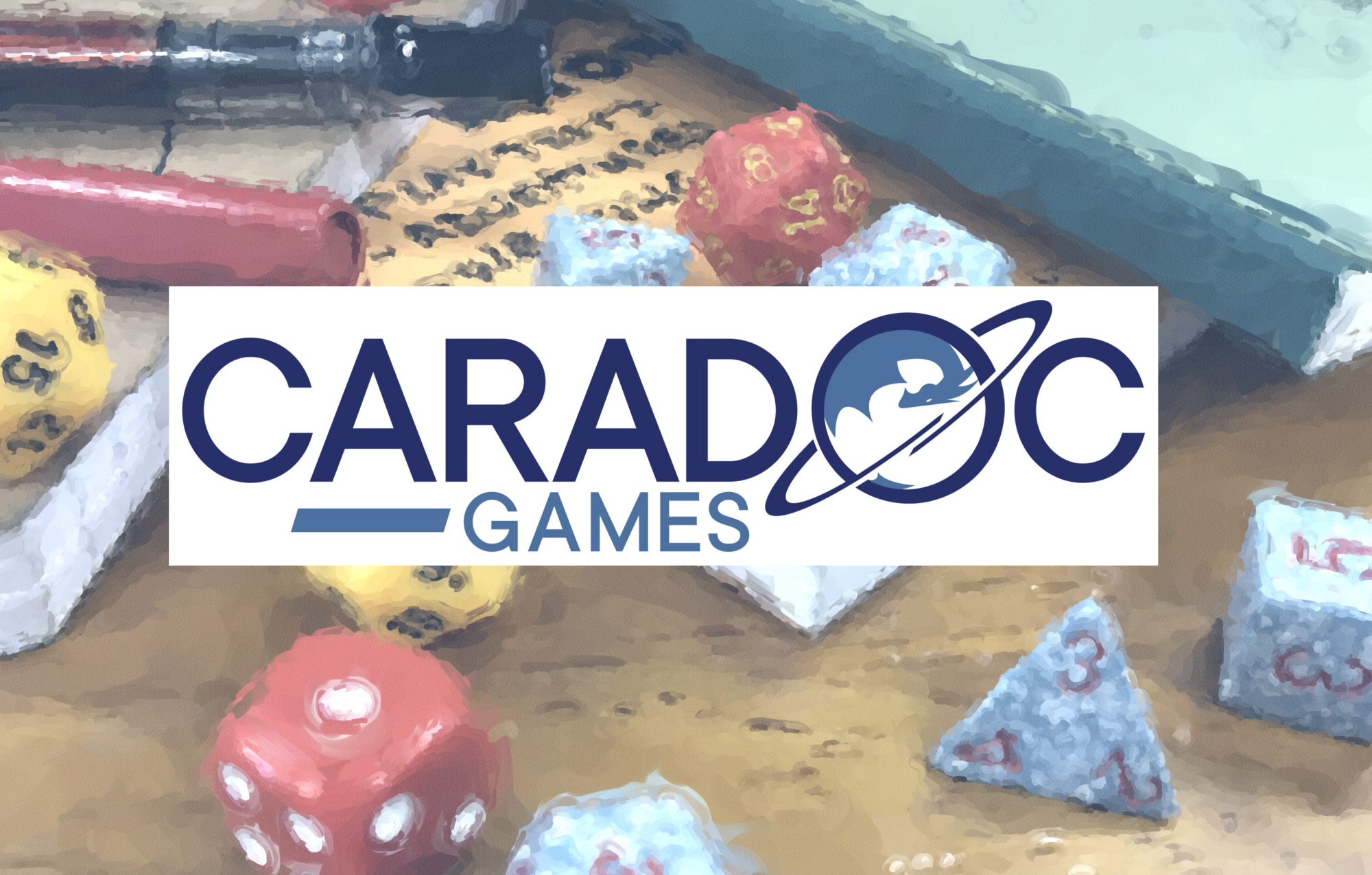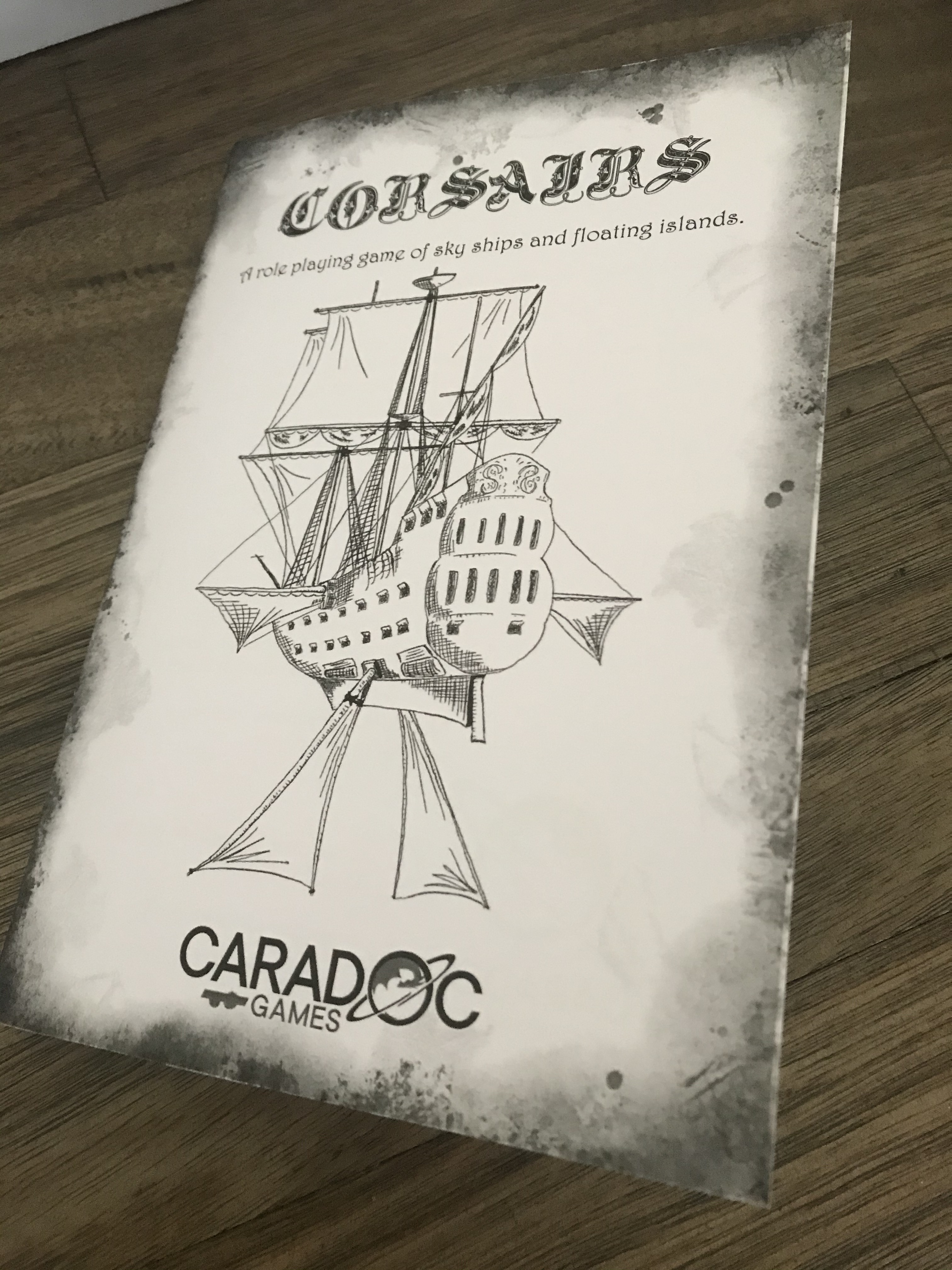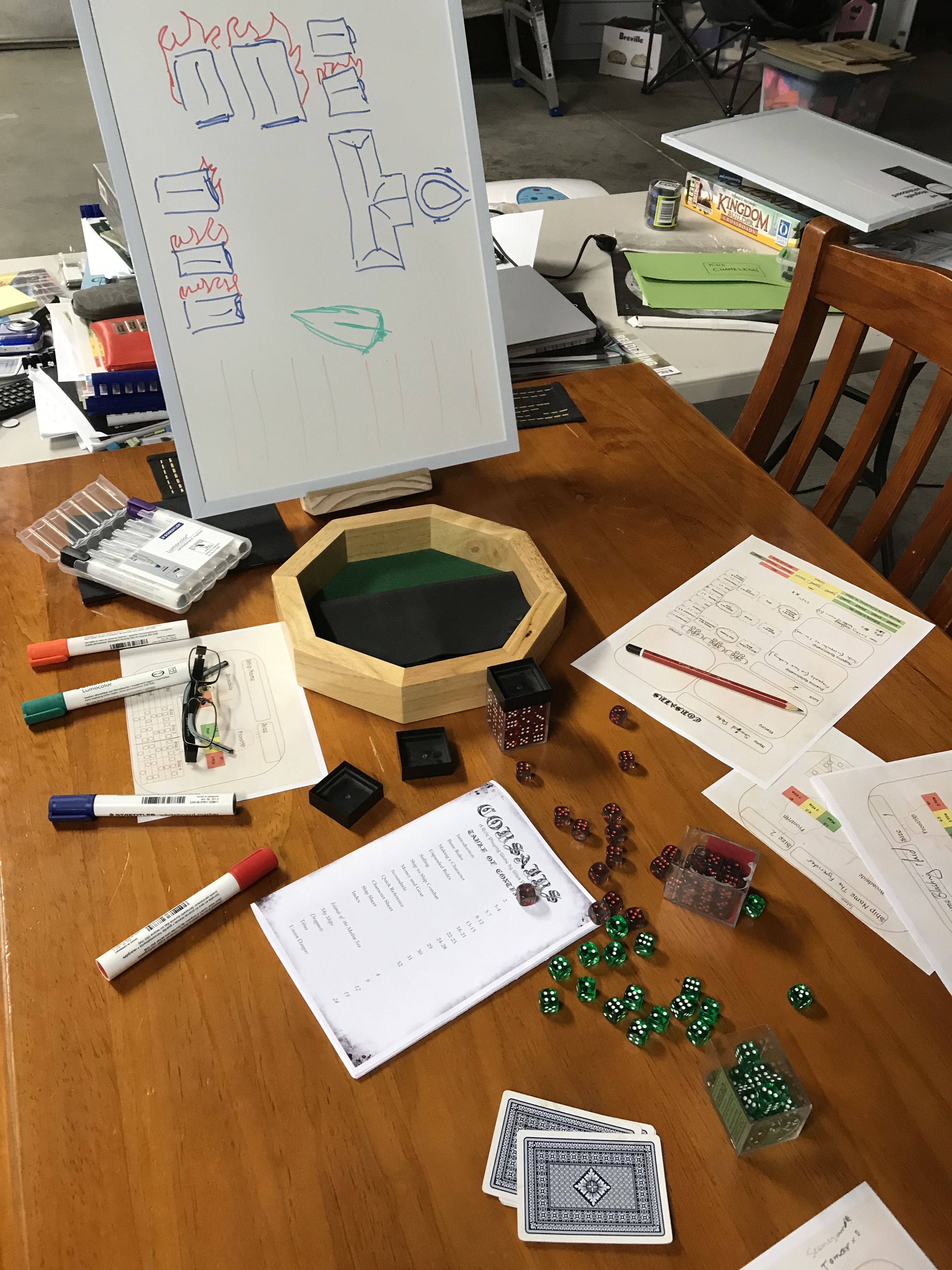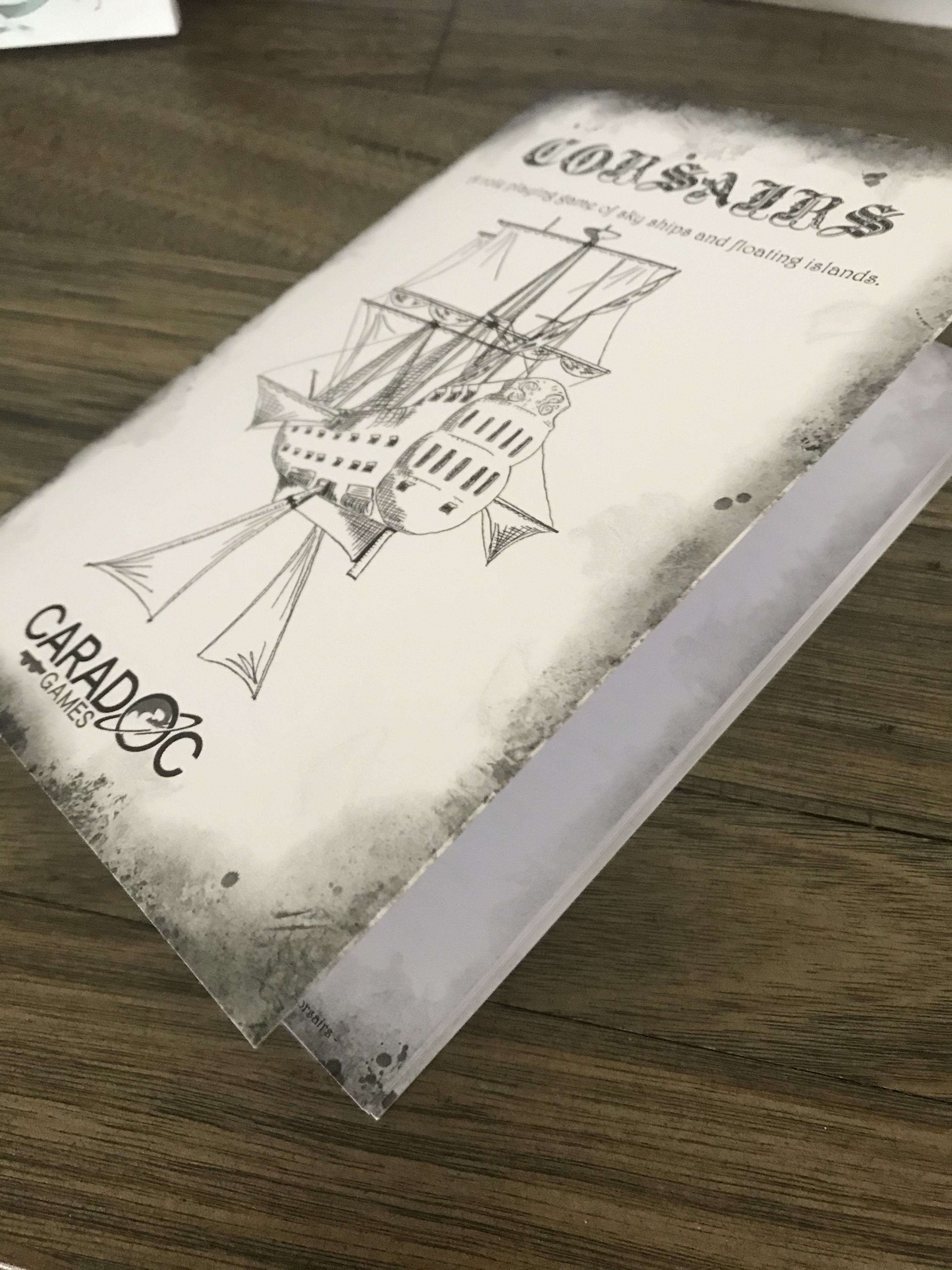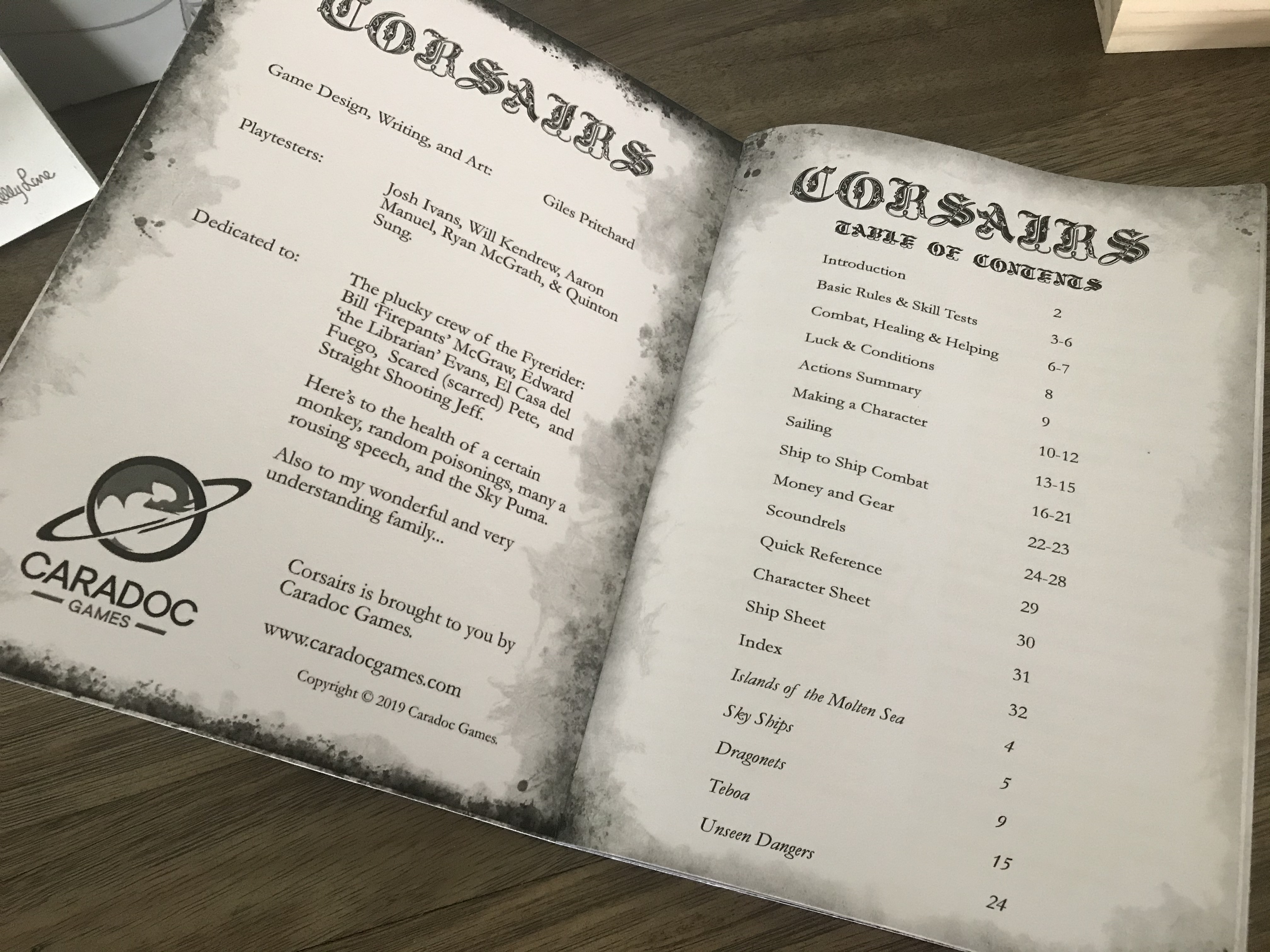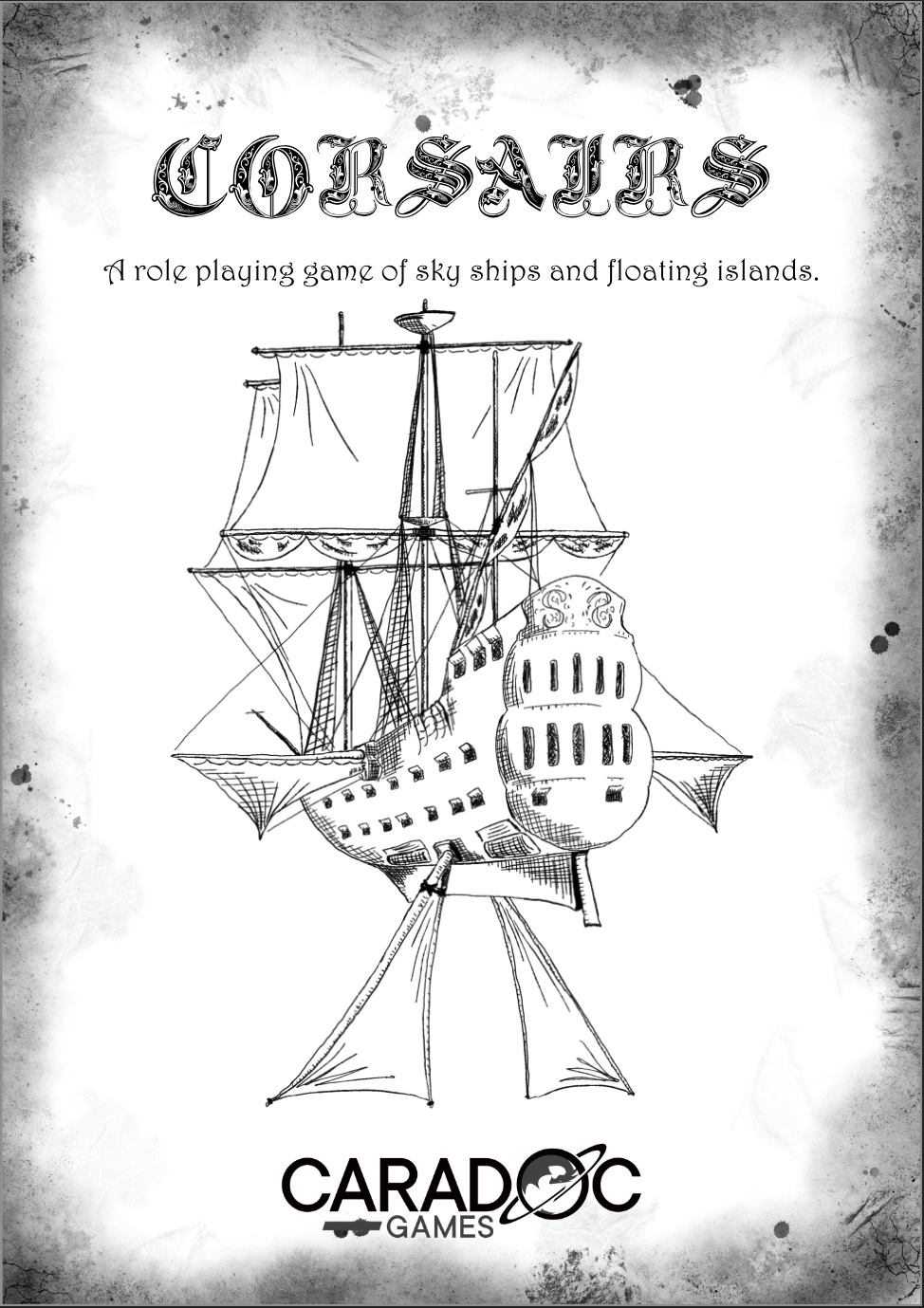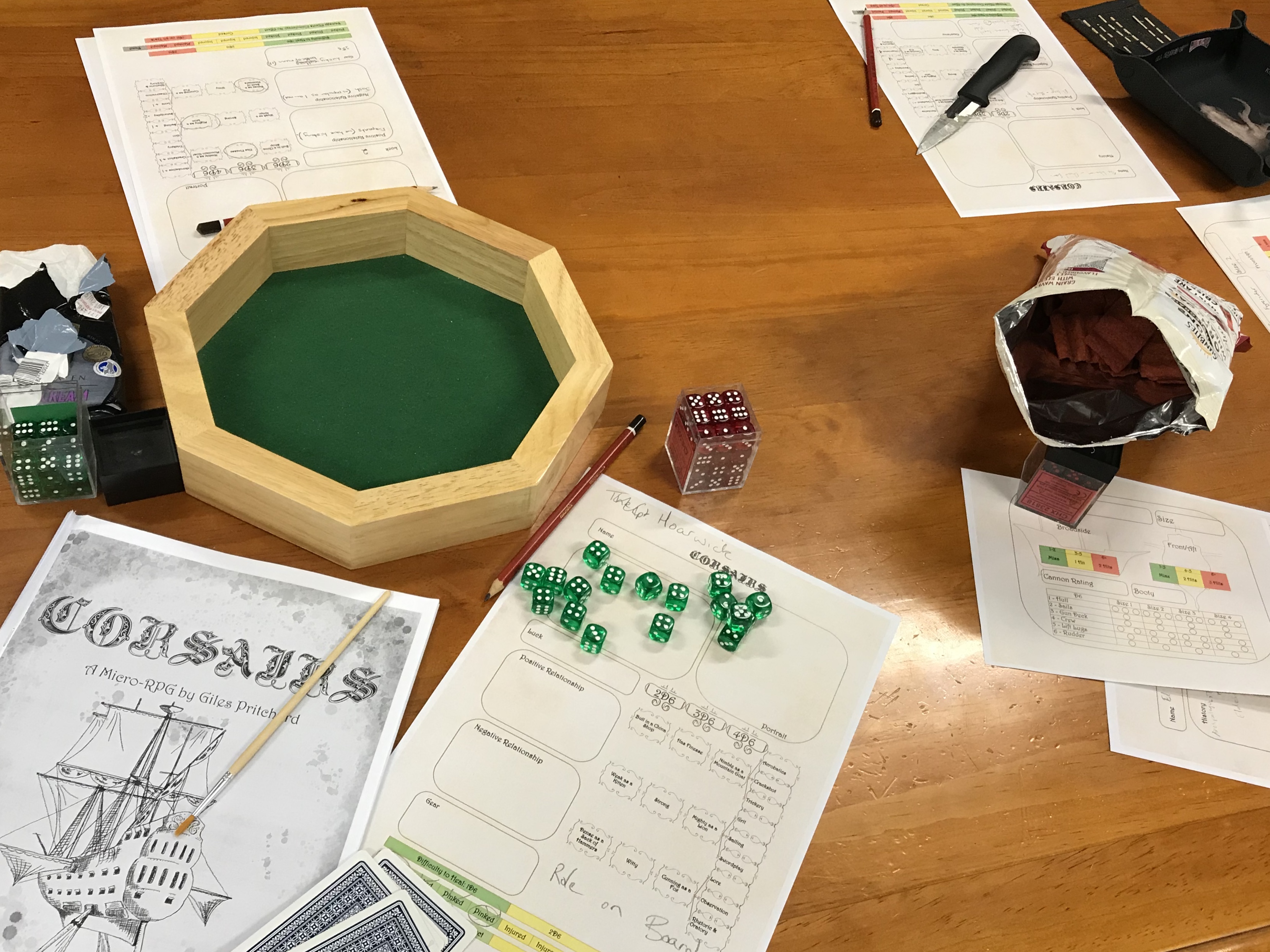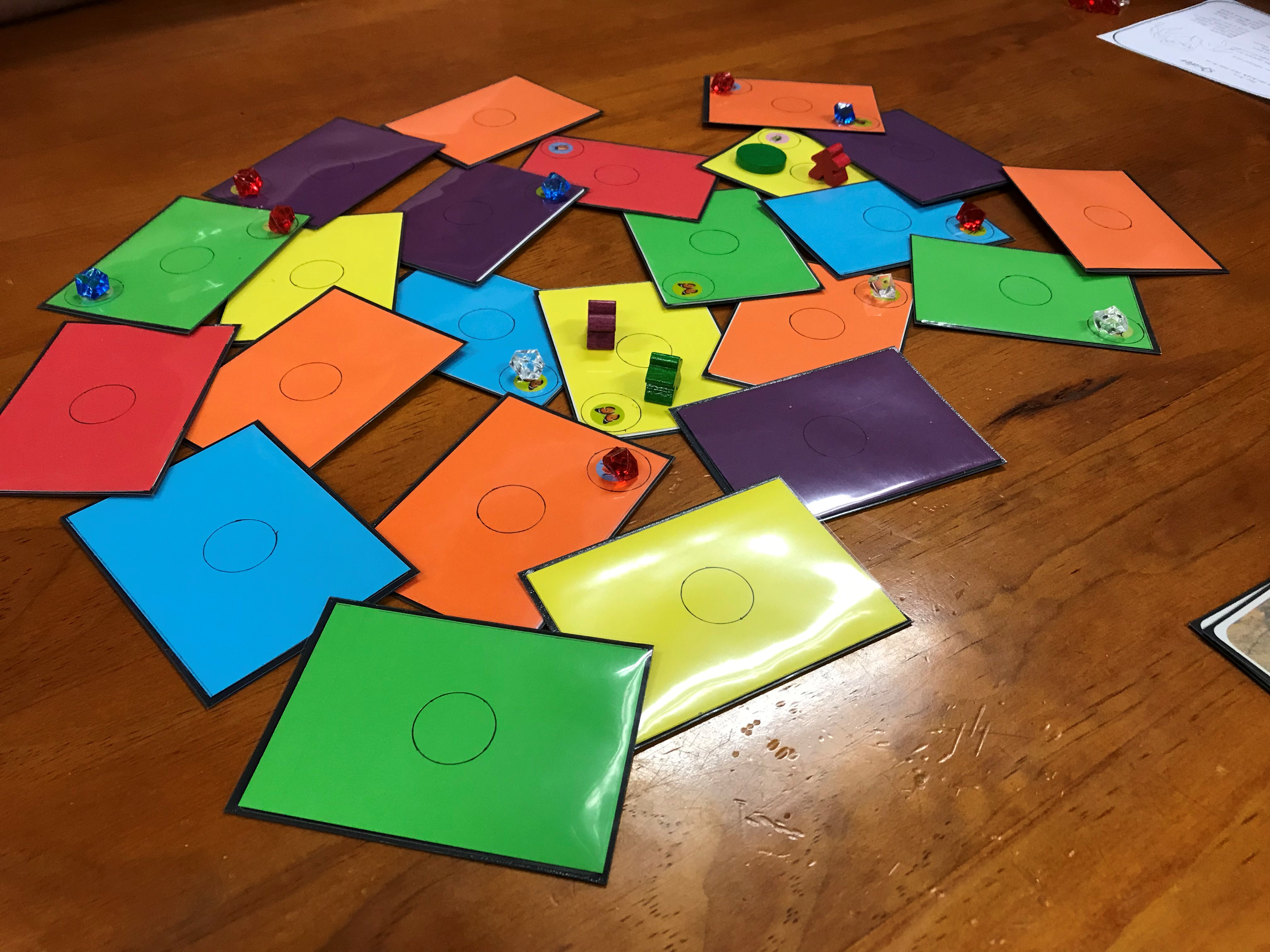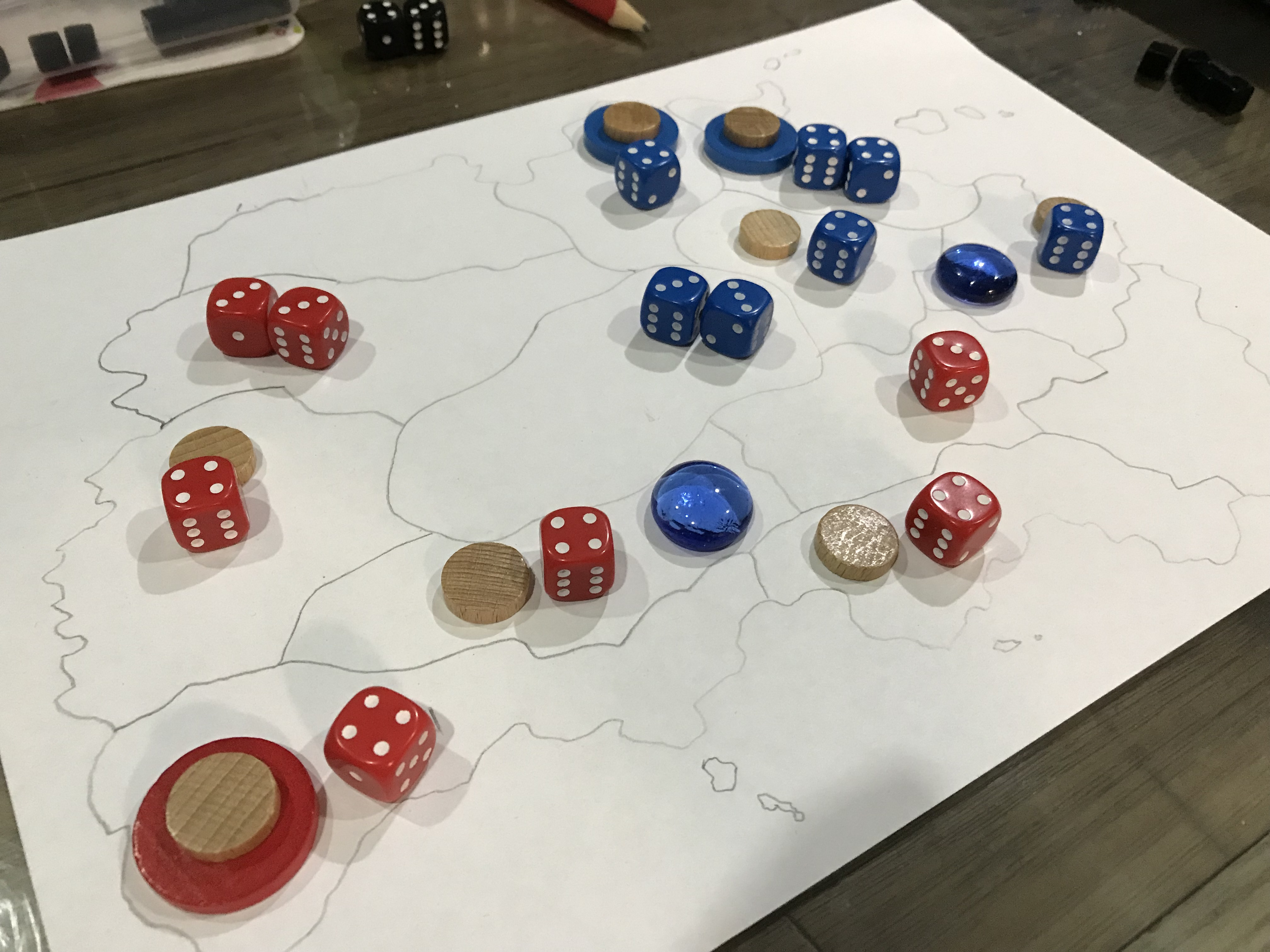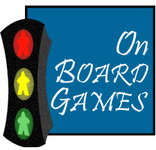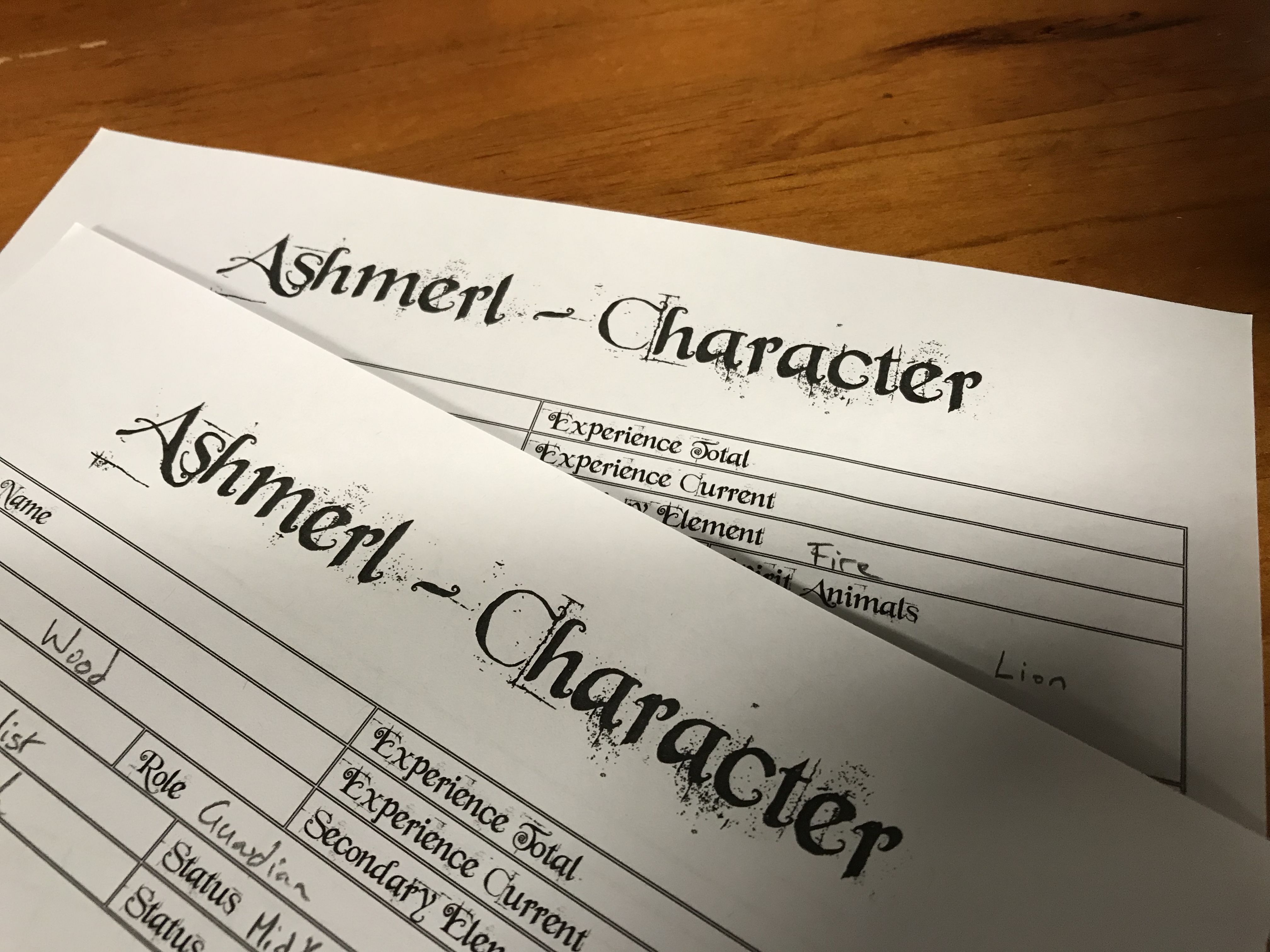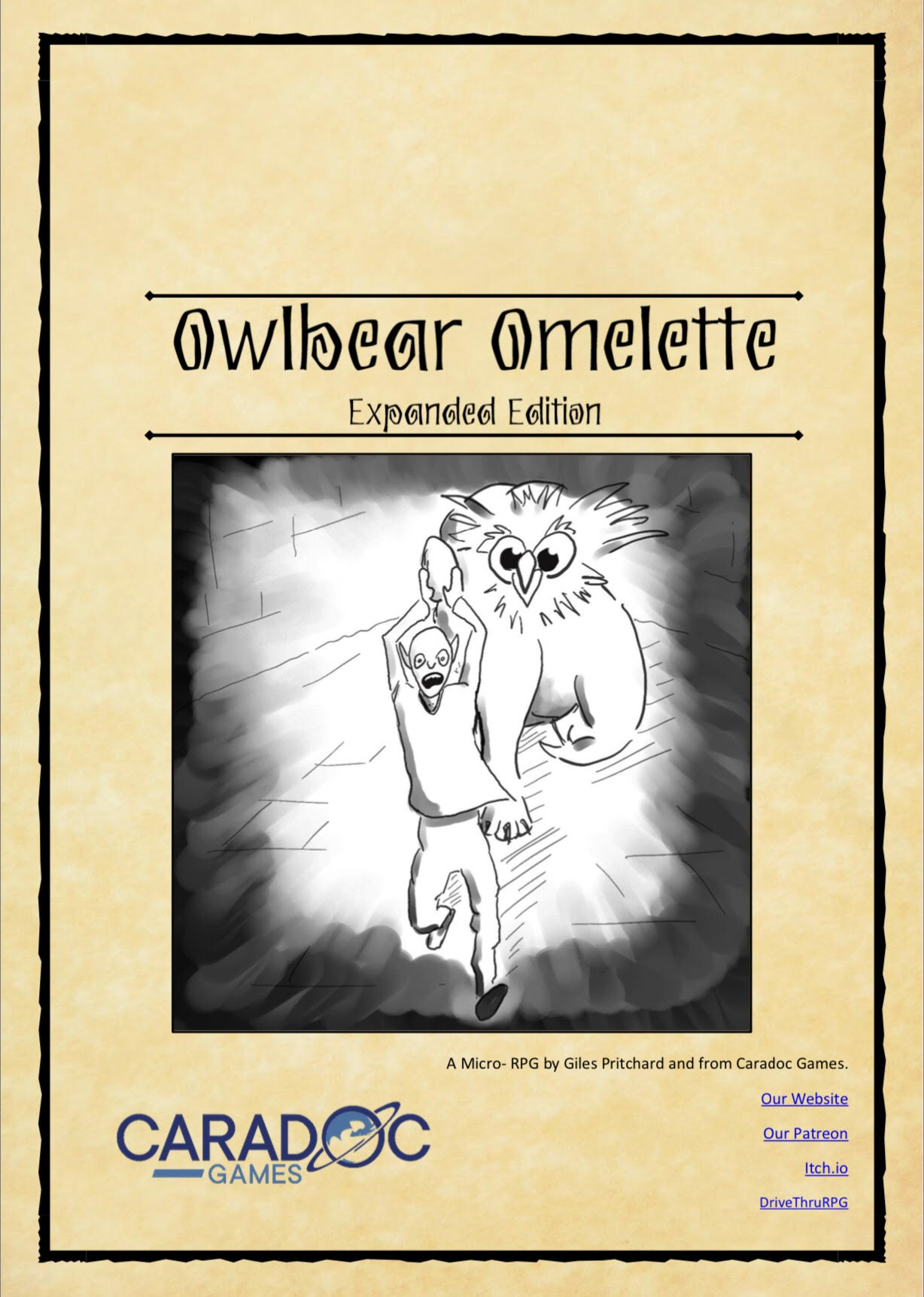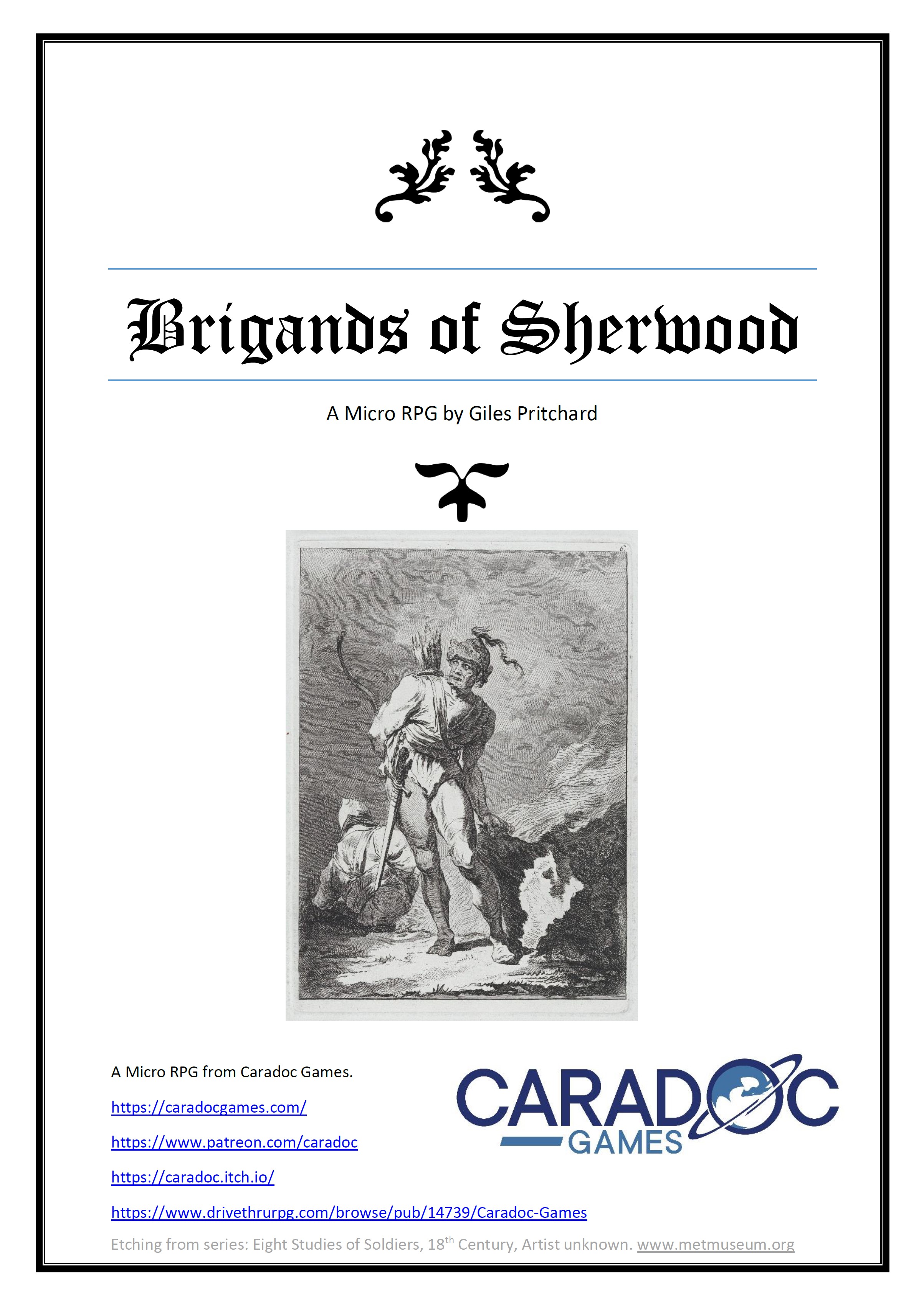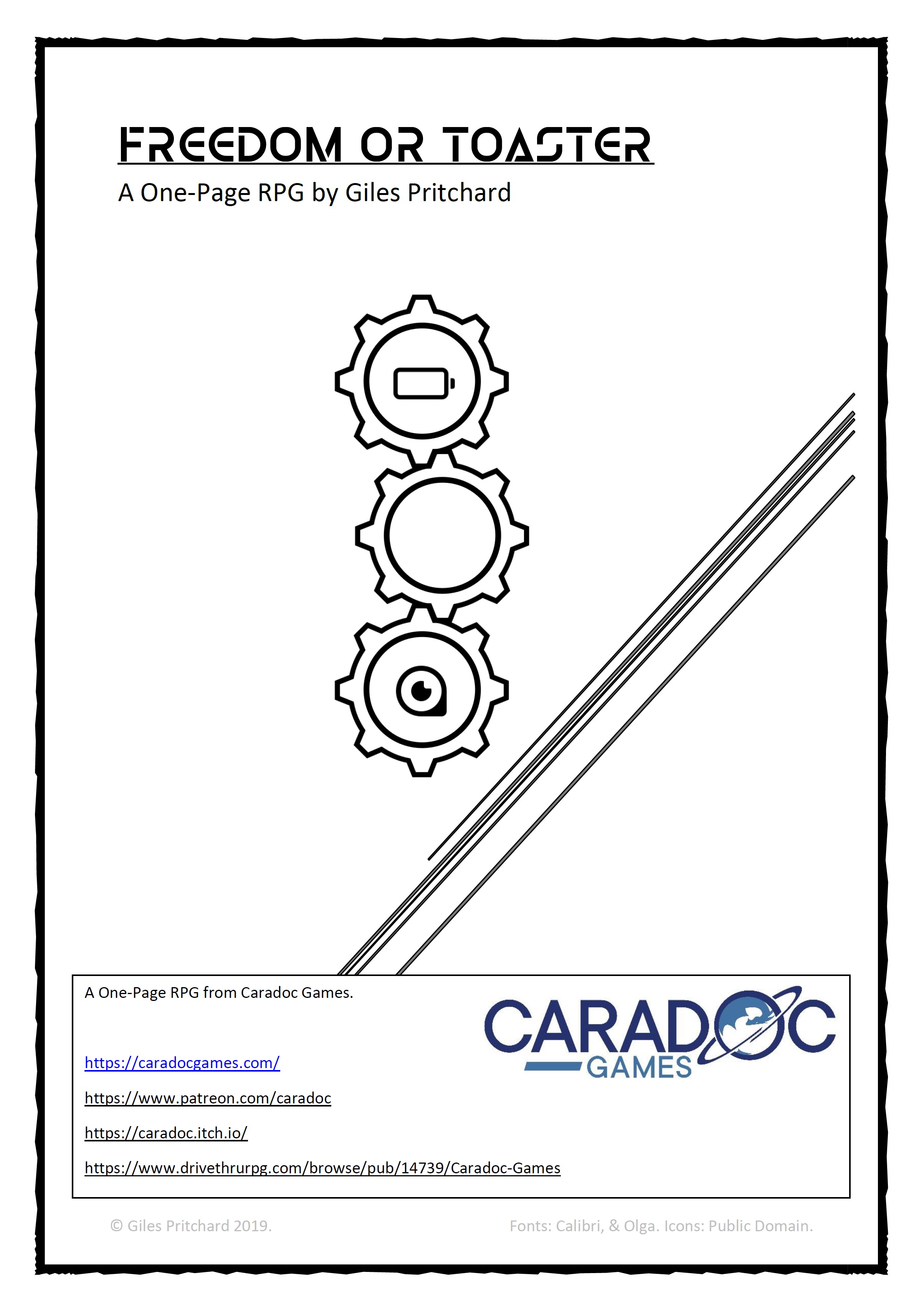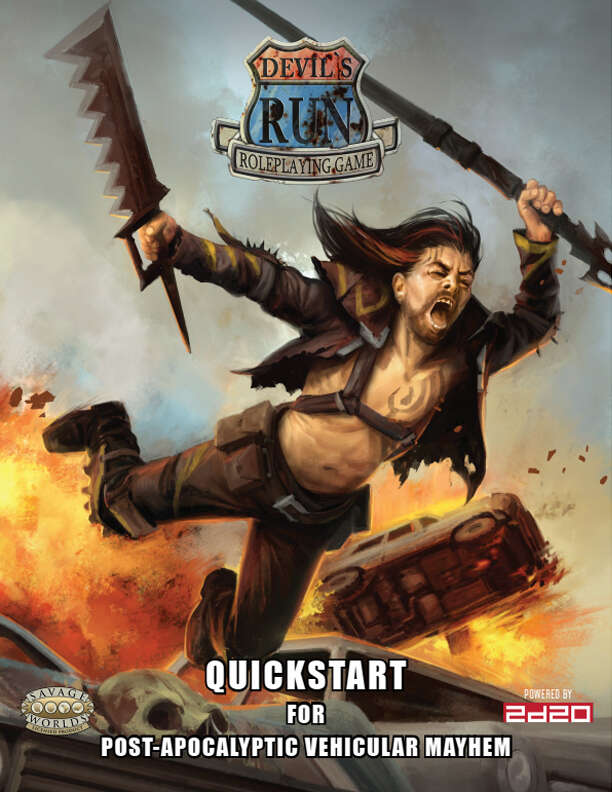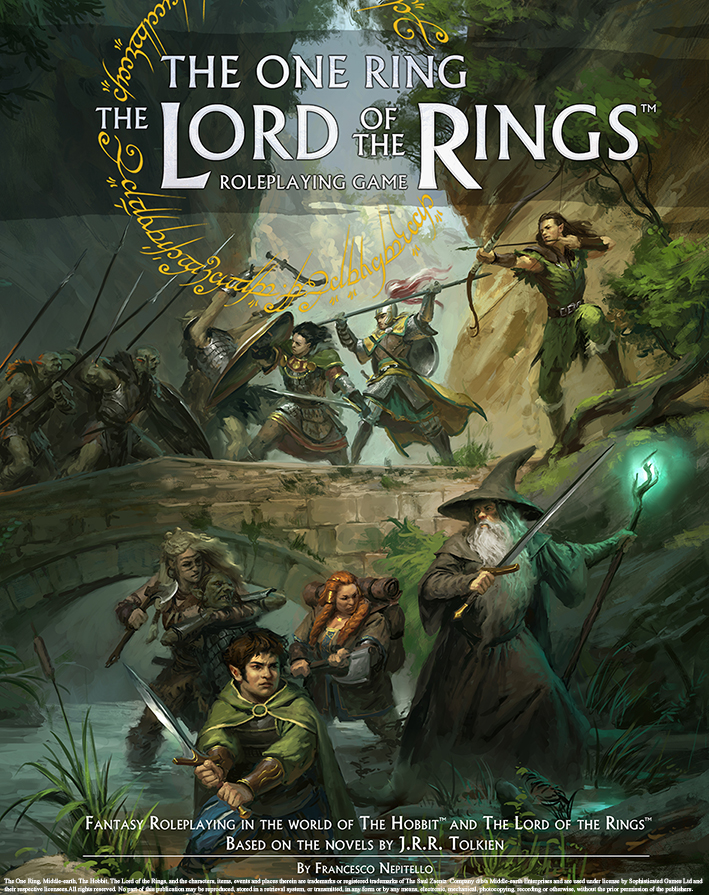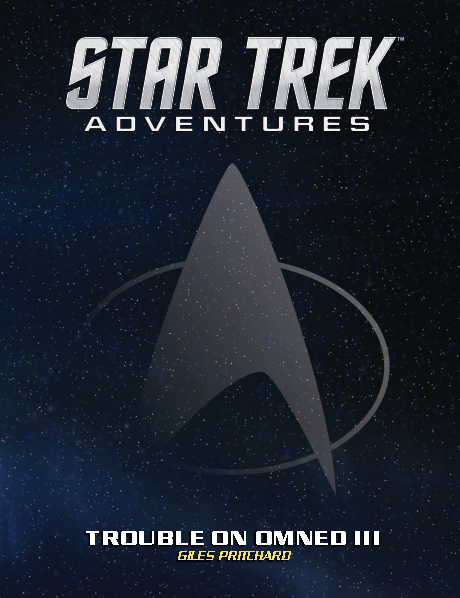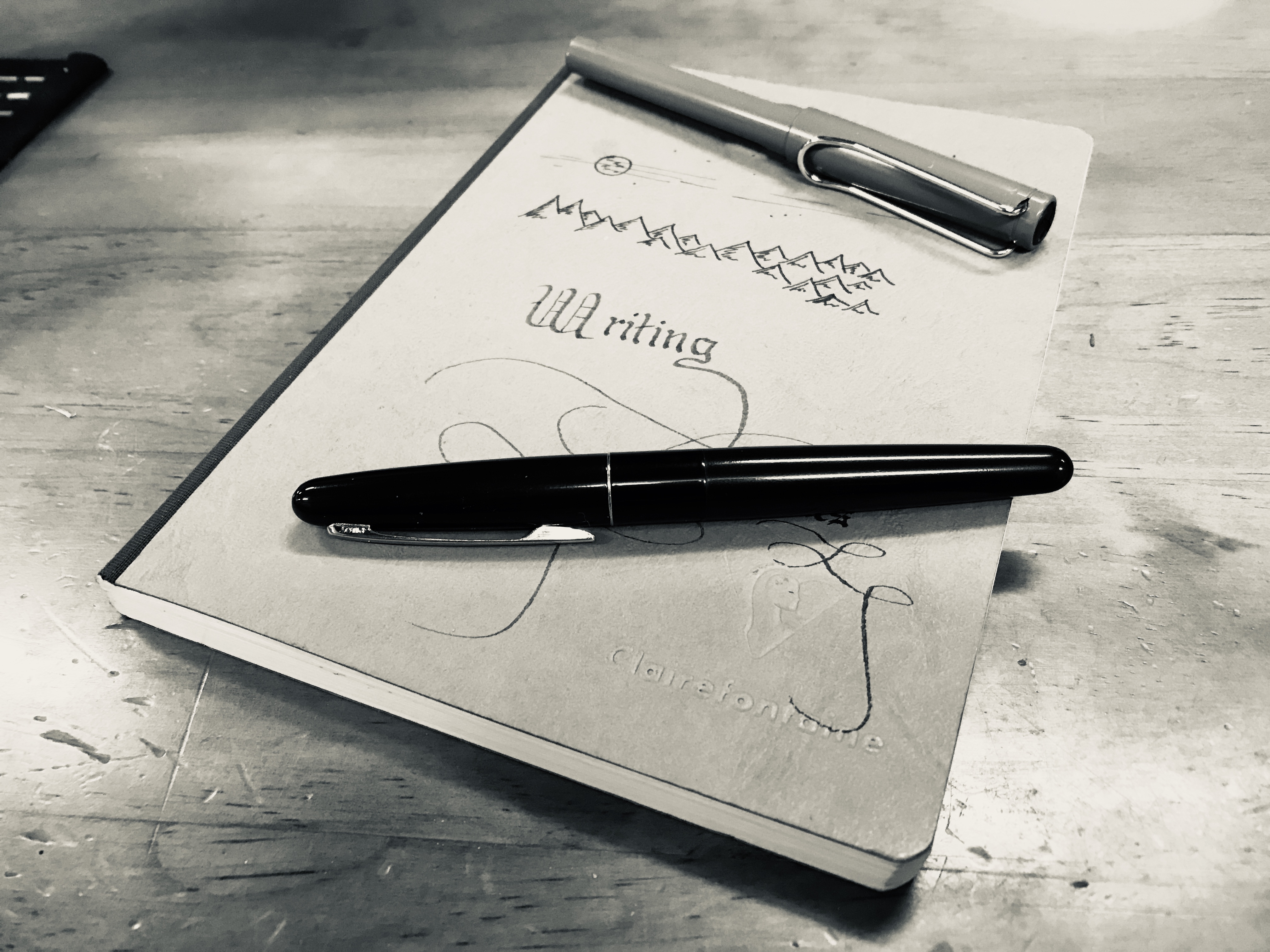Previously I wrote about ‘Why ZineQuest‘, but let’s back up a bit and ask why Kickstarter?

In late 2018 I was getting the urge to scale down the freelance writing I was doing, and start working on projects of my own. This led me to start development of a large fantasy RPG: Ashmerl, and a collection of smaller RPGs. I wasn’t sure about what the the best way to sell these games was. Just whack them up online for purchase? Look at fleshing some out for self-publication? There were many potential avenues and I was undecided. Then Patreon announced it was changing it’s fee structure…

In mid 2019 I accelerated my plans, had a logo designed, set up Caradoc Games, and launched my Patreon. I did it because Patreon were changing their fee structure and getting in before that happened meant I could avoid some of those fee changes, having a uniform identity from the start would prevent messiness later on, so I did it all at once. In the months after setting up my Patreon I wrote and released four micro-RPGs, both in basic and expanded versions. The goal was this: To write basic games that people could download for free, and include links in each to my Patreon. On Patreon my patrons would have access to the expanded versions of these games. Simple: drive traffic to Patreon in the hope it would encourage people to sign up as patrons in order to get the expanded games.
It did not happen.
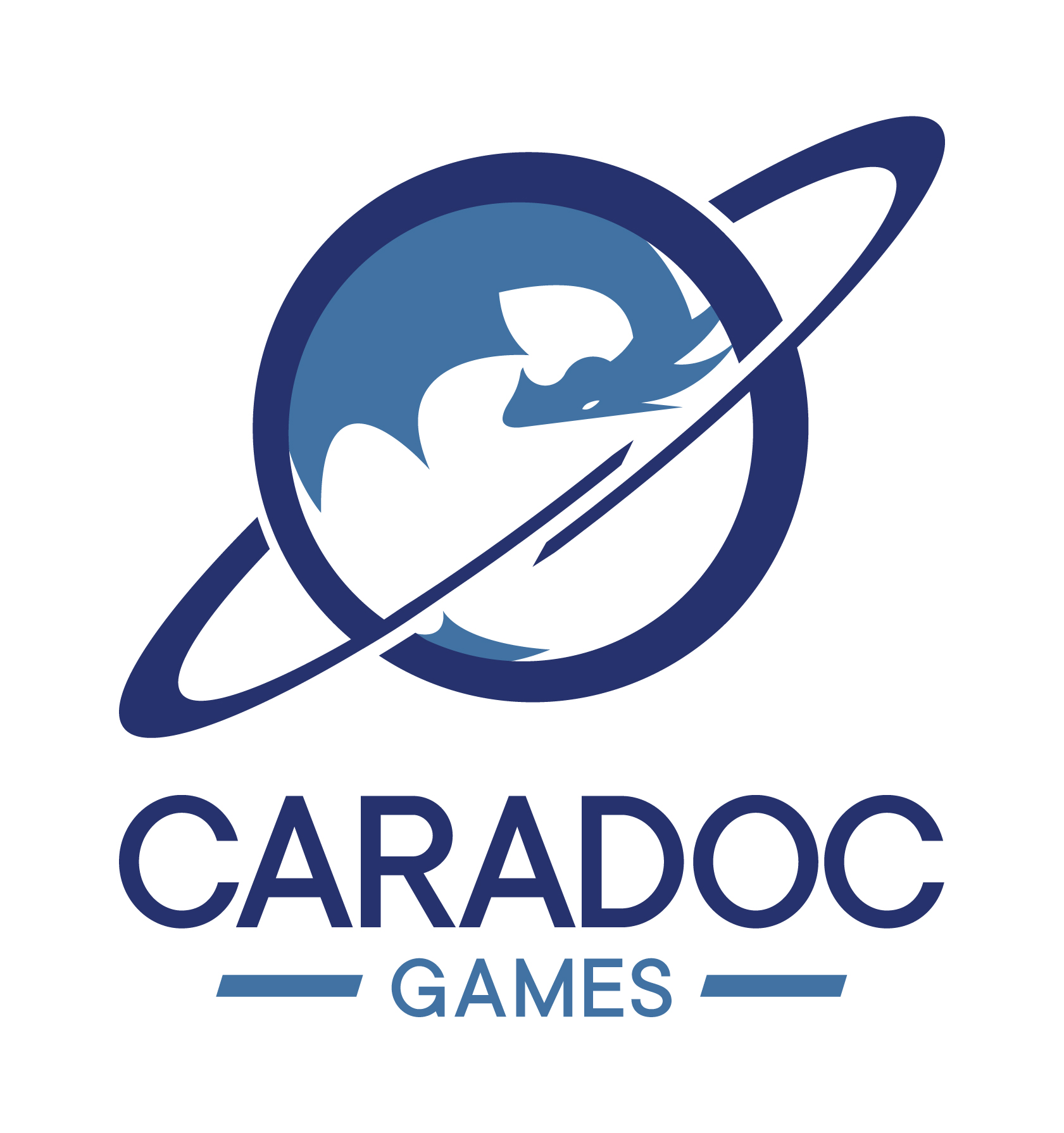
I might have been a relatively successful freelancer (well, busy at least), but I did not have an audience. My email list languished, the views on my site were minimal, on the upside the number of downloads were great, but the next step, getting people to Patreon… it did not happen. This could be related to the audience, it could be related to the quality of the games, it could be that I didn’t or don’t market it well, it could all manner of things. To be honest, I think a lot of games that get downloaded for free don’t end up getting played a whole lot. Read perhaps, but played? Maybe I am thinking too much about the number of games I download vs the number of games I actually manage to get to the table, but it is also a potential reason, so… Obviously this is something I need to spend some time considering. Is it worth going back and rethinking how I am doing my Patreon? Is there something I could be offering or doing that would see a change? I think there is, but that is a subject for another day.

Originally Corsairs was intended to be one of the Patreon games. It would have been a smaller game than it is now, but that was the goal when I first started to develop the idea. Then whispers starter to circulate… ZineQuest was coming back in 2020. In October/November I knew this was something I wanted to take part in, for all the reasons I wrote about in my previous post. Namely: it offered the potential for an audience I lacked, it offered the chance to try Kickstarter with as many elements tilted in my favour as possible, and it challenged me to actually do something different, and learn a whole slew of lessons in the process.
With the methods I had been trialing in the middle of 2019 broadly unsuccessful, here was an opportunity to try something different, during a promotion that I hoped would help provide me with the best opportunity to be successful.
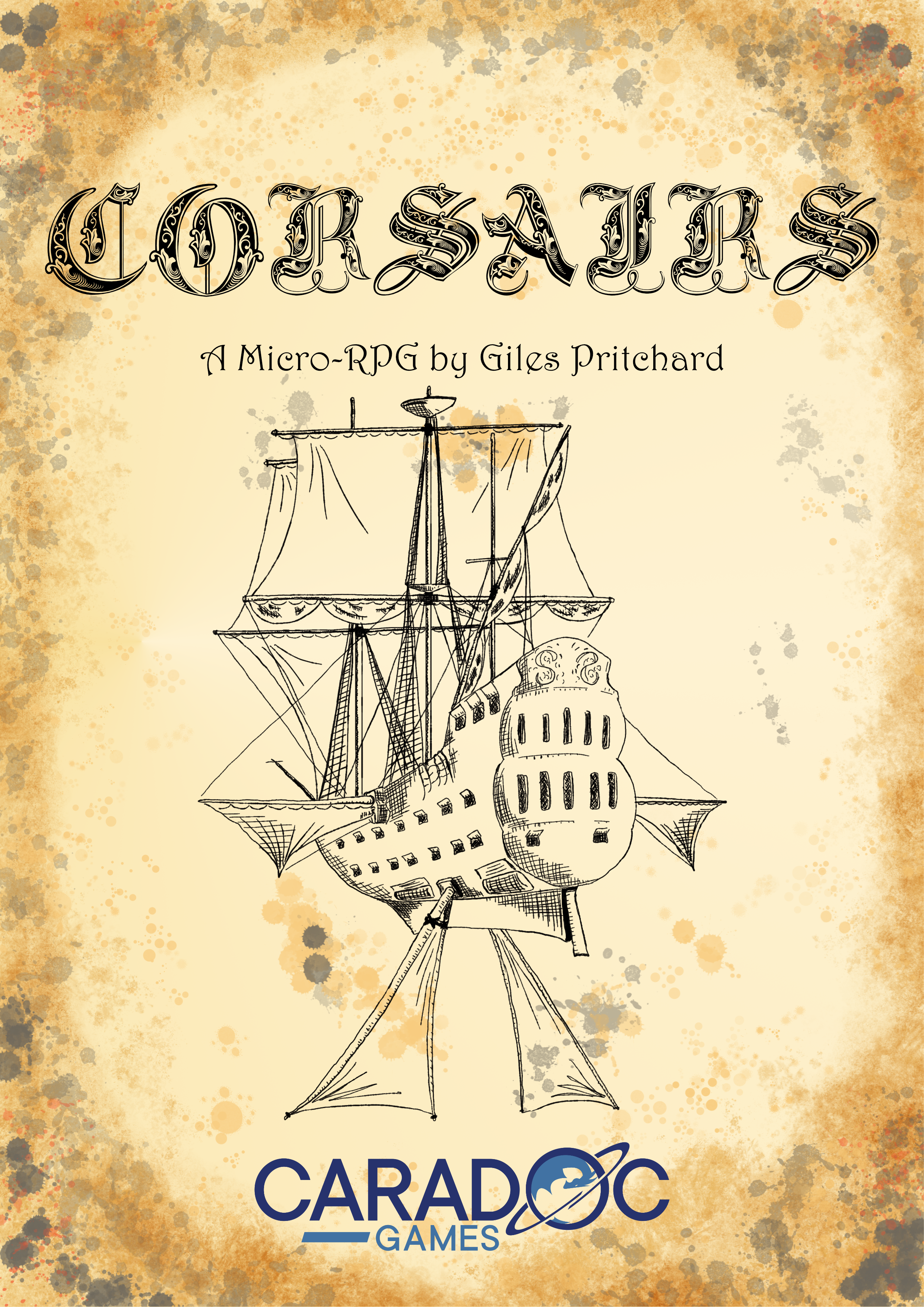
Of course, while the timing seemed ideal to trial running a Kickstarter, crowdfunding offers other benefits. With an upfront injection of capital I would be able to do things that I could not have justified otherwise. It allowed to me to trial printing physical copies, something I would not have considered otherwise. I mean, I could have printed physical copies of course, but what would I do with a couple of hundred copies of my game sitting in a box? Hope to sell them slowly? Set up a webstore to sell them? Sell them through my site? eCommerce additions to WordPress cost money, as they do through any other platform. If it was a book to be sold through Amazon or similar, then I might need to consider getting an ISBN and barcode, which costs more money, and I would have no way of knowing (without an audience remember) whether I would sell even half a dozen copies, let alone more than 100.
Upfront capital also allowed me to commission an artist, in the case of Corsairs: Felicity Haworth. Without the upfront capital I could have commissioned an artist, potentially, but it would be a cost I wasn’t confident I could recoup. Prior to running Corsairs I spent hours and hours drawing all the artwork seen on the Kickstarter page myself. Now, I’m can put together a reasonable drawing, although I am better with a pencil than a stylus, but being able to hire someone who is far more capable than I is going to give Corsairs a quality and life I couldn’t have achieved on my own.

Of course, assuming the risk in the hope of reward is how businesses have run since Glob decided to sell amber beads through Ötzi. But Crowdfunding provides opportunities for small time businesses and indie creators to take risks on their ideas through a safer and more defined pathway. For me, creating an indie game, having a small or next-to-nonexistent audience, and wanting to create something that looked nice and could be physically handled, was going to be cost prohibitive. Kickstarter provided a vehicle through which I could mitigate the financial risks, and have a greater opportunity to grow and connect with an audience.
The process of running a Kickstarter, gaining backers, and getting funded, cuts out many of the uncertainties. I know how many physical copies I need to get printed, I have budgeted for art, I have budgeted for shipping costs. All of these things have been considered and accounted for. Running a Kickstarter has defined what my budget parameters are, and given me the exact number of zines I need to print (plus a margin for error). There may be complications along the way, and Kickstarter is by no means a perfect solution, but it is a very useful one, especially for small time creators trying to share their work with the world at large. Is it also widely used by big companies, you bet, and I can see why, but that’s a different topic.

Corsairs hit Kickstarter as a part of ZineQuest. What was going to be a small PDF-only game released on DriveThruRPG and Itch, as well as to Patreon, has grown to a 32 page Zine. Kickstarter has allowed me create something that will be printed, with high quality art from a professional artist. In the process it has also allowed me to learn about laying a document out, printing processes, commissioning an artist, fulfillment, and perhaps more important than all of the above, gain an audience of over 200 backers. I am pretty happy with this humble beginning…
Why Kickstarter? Well, if you managed to make it this far I hope the answer is clear!
